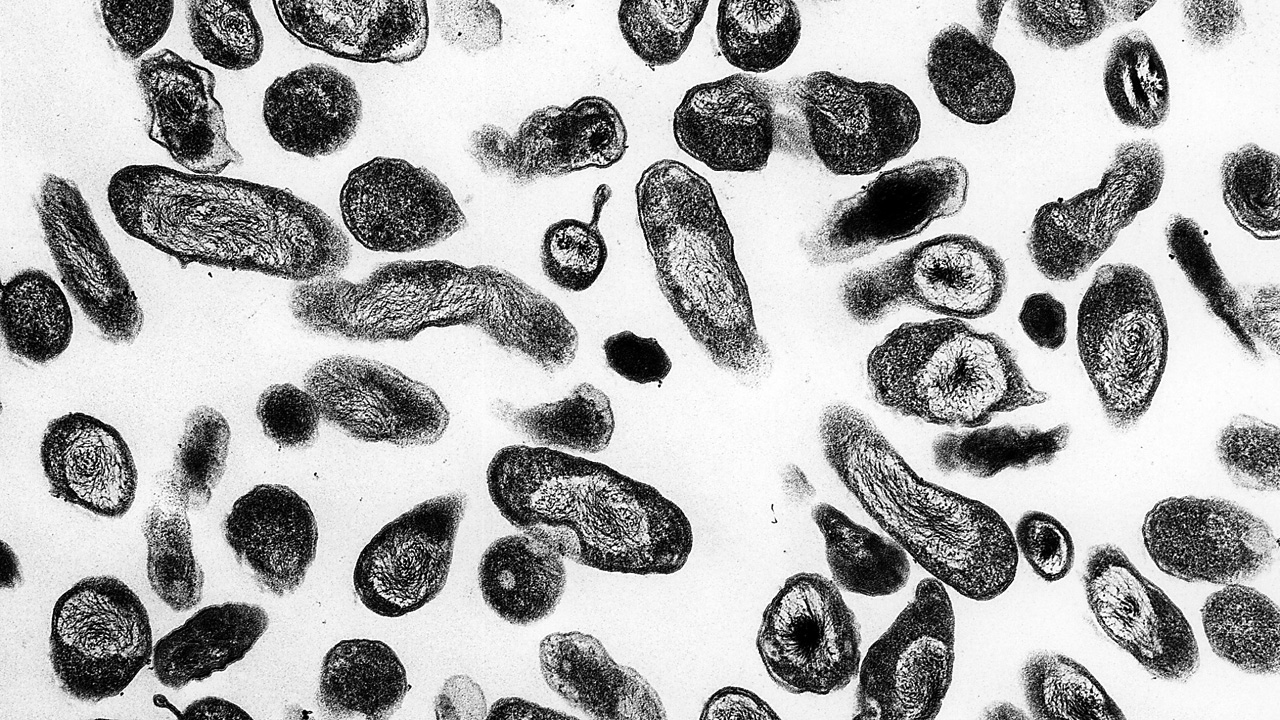Ingmar Riedel-Kruse, a bioengineer at Stanford, has spent a lot of training microscopic animals to act out classic ’80s video games like Pac Man and Brick Breaker. Popular Science detailed how Reidel-Kruse found ways to emulate parts of the games using biotechnology — like a joystick that uses electric fields to move the microbes in various directions. For an “avatar,” he used pond-dwelling single cell paramecia:
Changes in an electrical field can cause some species to alter their steering (a behavior called galvanotaxis). The microbes selected for the video games swim toward electricity using cilia that cover their bodies.
In addition to finding microbes that will swim around at our bidding, Riedel-Kruse employed augmented reality/virtual interface to complete the game.
Object-detecting software turns the physical setup into a game by locating paramecia as they move around the chamber. Meanwhile, a video overlay enables the organisms to interact with digital images. In the game PAC-mecium, microbes “eat” pellets as they swim past them, and in soccer they “kick” the ball when they come into contact with its cartoon image.
Awesome? Creepy? Both? Humans have been using living things as pawns in all kinds of games for millennia (see: horse racing, bull fighting, gladiators). At least these little guys aren’t sentient. (Photo by NIAID)


